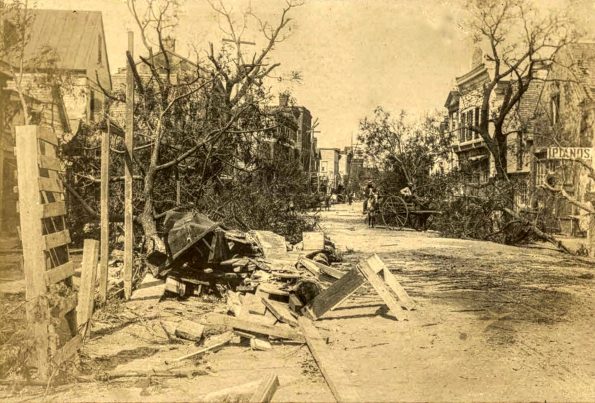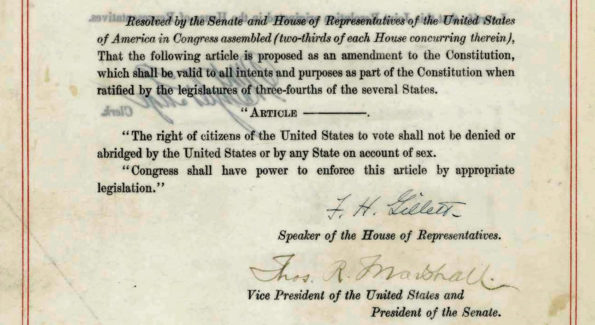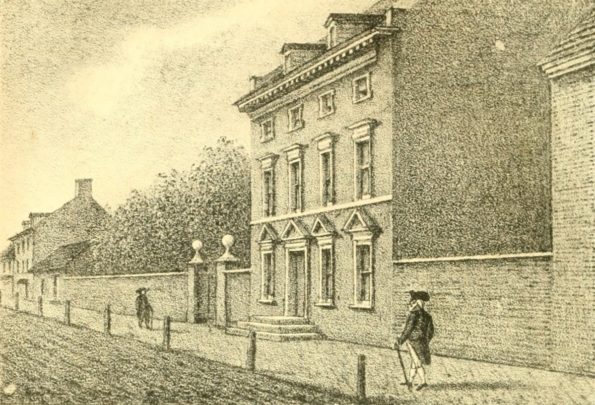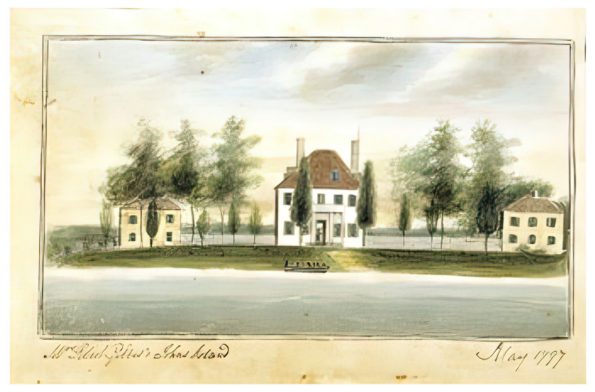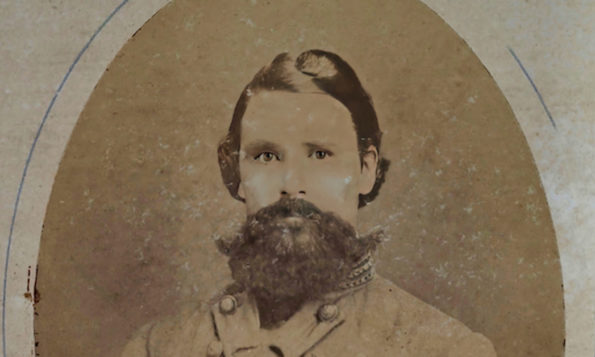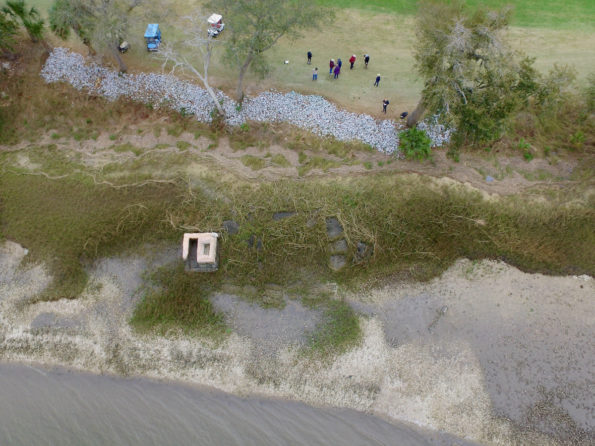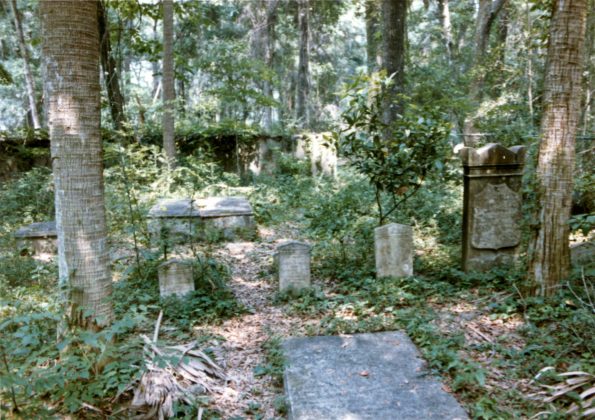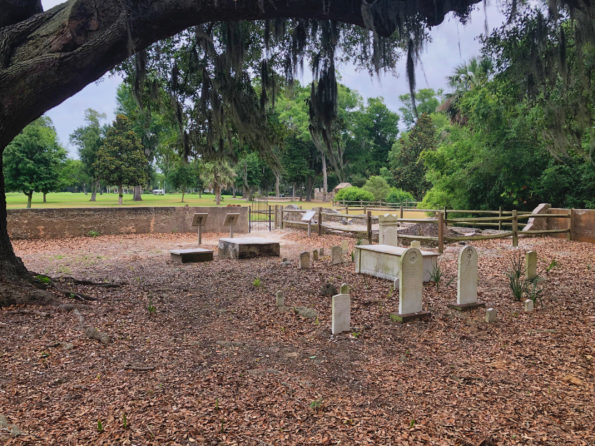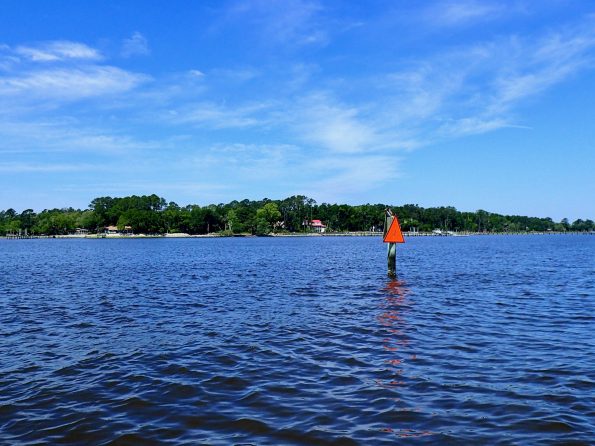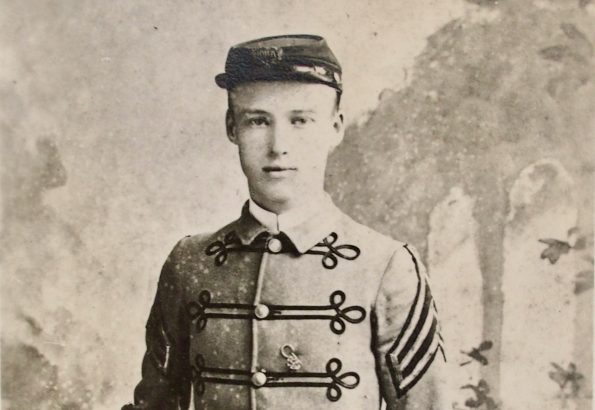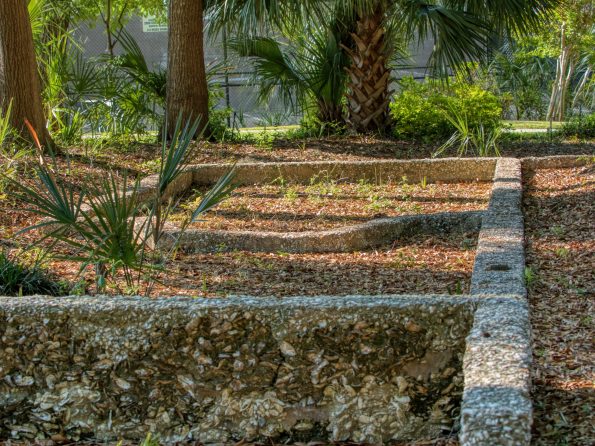William Sams, grandson of Colonel John “Tuscarora Jack” Barnwell, was born in South Carolina on April 18, 1741. With the fall of Charleston and Beaufort during the American Revolution, William was forced to leave his home on Wadmalaw Island and purchased Dataw Island in 1783. At Dataw, he began to grow Sea Island cotton. It was cotton that made the Sams family wealthy and the Beaufort region “the exclusive home of the most exclusive few of that most exclusive aristocracy.”
Articles from this era address the period 1783 to 1865.
Water in motion is beautiful—most of the time. But once in a while, it grows from a rising tide into a boiling hurricane. Water indeed defines much of the character of our Lowcountry. It flushes and nurtures the marsh. Defines the borders of our island. And pushes us away when a hurricane approaches.Most of you reading this know about the beauty of the waters around Dataw. It’s a contributing reason I live here. The “beast face” of water is fortunately seen less often. This week I’m going to tell you about, by far, the most massive hurricane this area has ever experienced—the hurricane of 1893. And I’m going to tell you a little know story of Ting Sams Colquhoun’s ancestors that met their death in that hurricane.
This article is in honor of our 19th Amendment, which changed our country dramatically.
The Amendment’s journey from Seneca, New York, to our U.S. Constitution was long and torturous. Dataw Island has four people connected to the Women’s Suffrage Movement: Sarah Barnwell Elliott, Kate Gleason, Fanny Sams Bell, and Conway Whittle Sams. Sarah was a women’s suffrage movement leader at the state and national levels. Kate was the great industrialist who purchased Dataw Island in 1927. Fanny was one of the millions of women across the nation who proactively worked for women’s rights. Conway, a lawyer in Virginia, was vehemently against giving women the right to vote!
Sometimes taking a long view of history provides an insightful perspective on the lives of others. A few years ago, I compiled a timeline of U.S. Presidents who were in office during the antebellum era of the Sams of South Carolina. I focused on William Sams and two particular sons, Lewis Reeve Sams and Dr. Berners Barnwell Sams, M.D. The timeline starts in 1783, when William Sams, at 42, left Wadmalaw Island and moved his family to Beaufort and Datha Island. It ends with the Great Gun Shoot / Big Skedaddle of 1861. The graphic integrates the lives of William, Elizabeth, Lewis Reeve Sams, and his brother Dr. Berners Barnwell Sams, M.D. — with — the terms of our first 16 presidents
Peaceful Retreat plantation home of Robert Gibbes and his wife Sarah (Reeve) Gibbes. On the Stono River, John’s Island, SC. There is so much to say about this woman. She…
Horace Hann Sams (1829-1865) is one of the four Beaufort men I wrote about earlier who died in the Civil War. Today I dig deeper into Major HH Sams life and legacy. It becomes clear from contemporary accounts about him what drove this southern soldier in our American Civil War. Those he left behind were deeply affected by their loss. To paraphrase novelist Mitch Albom, his death ended a life, not a relationship. His older brother Rev. James Julius Sams, carries his sorrow into the memoir he wrote 40 years later.
By now, most of you will have received the Spring Edition 2022 of the Dataw Historic Foundation’s Tabby Times. This is the “live” version of the beautiful cover article written…
The wind was blowing at ten knots, the tide was low, clouds hovered over the Morgan River when the Dataw Historic Foundation entered a new research project using 21st-century technology.…
Several years ago (2006 – 2009), DHF had some preservation work done to the brick wall around the Sams Family Cemetery near the plantation house tabby ruins. We discovered several buried pieces of marble, and the adventure began. This is the story of the final resting place of Sarah (Fripp) Sams (1789 – 1825), the first wife of Lewis Reeve Sams (1784 – 1856).
I told you recently about the tripartite plantation house of BB Sams and his wife Elizabeth (Fripp) Sams. These ruins are always the highlight of the DHF docents’ tours to residents and visitors. The other site of interest is the Sams Family Cemetery, a short distance from the ruins. I wrote about this 200-year-old cemetery on Datha Island just two years ago, and there has been an exciting development. Synthesizing the research Teresa (Winters) Bridges (Sams descendant) has done in the last two years with the results of the ground-penetrating radar survey performed in 2005, I can say with confidence that her ancestor John Sams (1769-1798) is buried here on Datha.

For centuries the ultimate enabler of an individual’s wealth was land ownership. This was certainly true in the Lowcountry, as rice, lumber, indigo, cattle, and cotton crops created tensions over land. One of the early and successful indigo plantation owners on a sea island was Robert Sams (~1706 – 1760), father of “our” William Sams (1741 – 1798). Robert was a planter up on Wadmalaw Island. As the American Revolution took a toll on the sale of indigo dye cakes to the British, a new sea island-compatible crop was arriving. Sea island cotton’s exceptional quality and world events in France and England drove Europe’s demand. It was first grown commercially on Hilton Head in 1795, and by 1810 nearly all the suitable cotton land in our area was spoken for. This brings us on a fast trip to the Datha Island plantation brothers, Lewis Reeve Sams (1784 – 1856) and Berners Barnwell Sams (1787 – 1855). They inherited Datha Island from their father and mother once they came of age, in 1805 and 1808, respectively. LR Sams had Datha Point plantation on the north, and BB Sams had Datha Inlet plantation on the south.
As Dr. Rowland tells us in his first volume of The History of Beaufort County, South Carolina (1514 – 1861) by 1850:
“Dr. Berners Barnwell Sams had 2,097 acres and 174 enslaved people on Datha and Lady’s Island…His brother Lewis Reeve Sams had 1,467 acres and 166 enslaved people on adjoining property…”
It wasn’t Datha alone that afforded the brothers, and their children, the luxury of elegant homes in Beaufort. It was the totality of their holdings.
Sometimes luck is due to your hard work. Other times it comes from factors that cannot be explained or are beyond your control. Wars have a way of stringing together events that leave in their wake both the fortunate and unfortunate. This week I identify four Sams who died on the eve of, or during, the Civil War. They range in age from 16 to 36. There were many more Sams who served and came home to live another day. These four did not.
The Sams family’s success and prosperity could not have been achieved without the hundreds of enslaved men, women, and children who worked silently tilling the land, harvesting the sea island cotton, building the structures, and serving their Sams masters in many ways. Datha’s enslaved peoples were an undeniable and vital part of this island’s plantation era history. Their lives and work on plantations on Datha Island, Ladys Island, and St. Helena Island spanned three generations of the Sams family.


